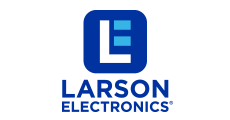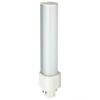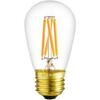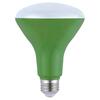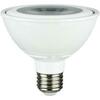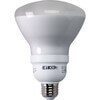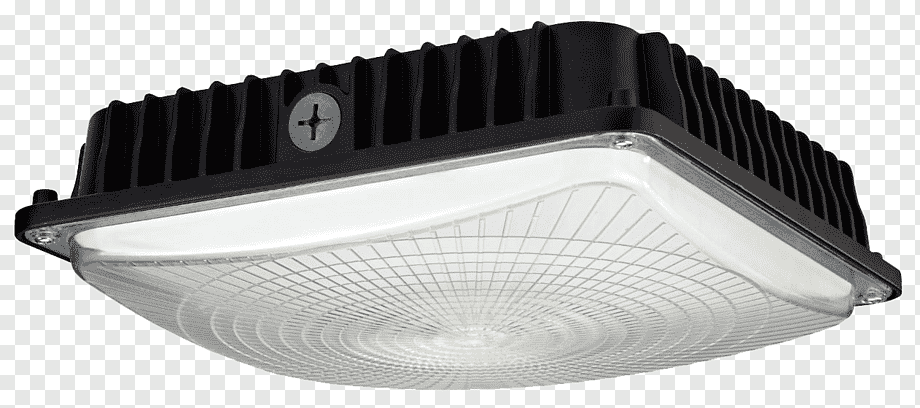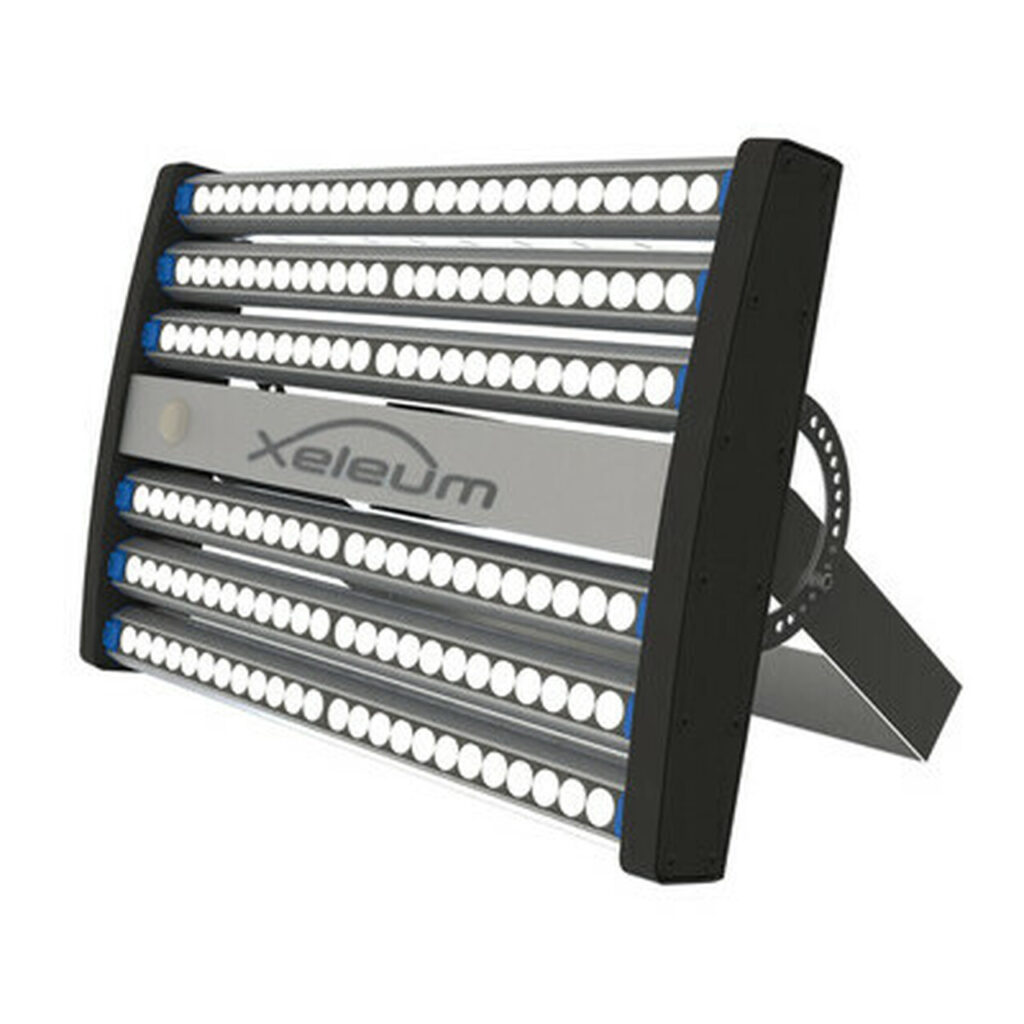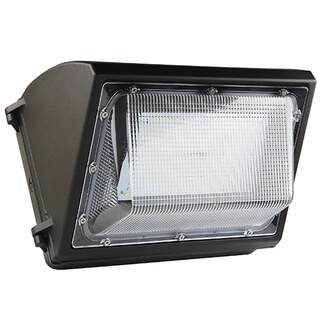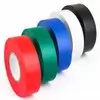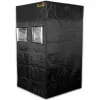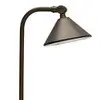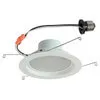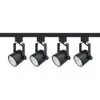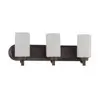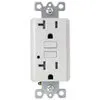Choosing indoor lighting for plants requires a bit of expertise to make the best choice. It won’t be a good idea to just buy a grow light without careful considerations. There are several factors you need to consider in line with your indoor planting project. Once this is done well, you will be able to make a good choice. Here are some factors to look at;
One of the choices to make is the color of the grow light that will perfectly fit your indoor planting. This is not just for color sake but also for the spectrum range. For instance, Red light within a spectrum range of 610 720 favors flowering and budding, while photosynthesis, chlorophyll absorption, and growth are favored by Violet-blue light with a spectrum range of 400 -520 nanometer. So, you do need to consider what you want to achieve before deciding on the choice of indoor lighting.
You also need to consider how long you need to have these grow lights on. This is quite important because both darkness and light are required for plant growth, and they are very important. During the day, when there is light, plants normally generate energy in the photosynthesis process, but at night, it breaks the acquired energy for flowering and growth. Bear in mind that different plant requires a different amount of light per day. Most plants will require a minimum of ten hours of darkness per day. Make a choice based on your plant requirements and types.
Moreover, the size of your indoor planting space is also a determinant when deciding the best indoor lighting for your plants. This will help in making the right choice of light intensity. If you go for a light of high intensity for a small space, you may be doing more harm to your plants than you imagine, and one of a lesser intensity for a large indoor plant space may mean they won’t get enough light which can slow the rate of photosynthesis. This factor is as important as other factors.
Finally, you need to consider the light source with the type of light they offer. There are four types you need to consider and make a choice in line with what suits your planting need and type. You may go for the HID light for vegetables and flowers, which offers more brightness with high intensity. T5 fluorescent bulbs are a popular choice for indoor plants, especially herbs and vegetables. Light-emitting ceramic (LEC) lighting is a new technology among the light, and it is efficient for a smaller space. LED lights are known to last longer with better durability. So, the choice is yours to make; just be sure it is the one that will work for your indoor planting project.
If all these factors are well-considered before deciding on the indoor lighting for plants, you will certainly make little or no mistake. Please take time to think through each point as it relates to your indoor planting project type before making the final choice.





